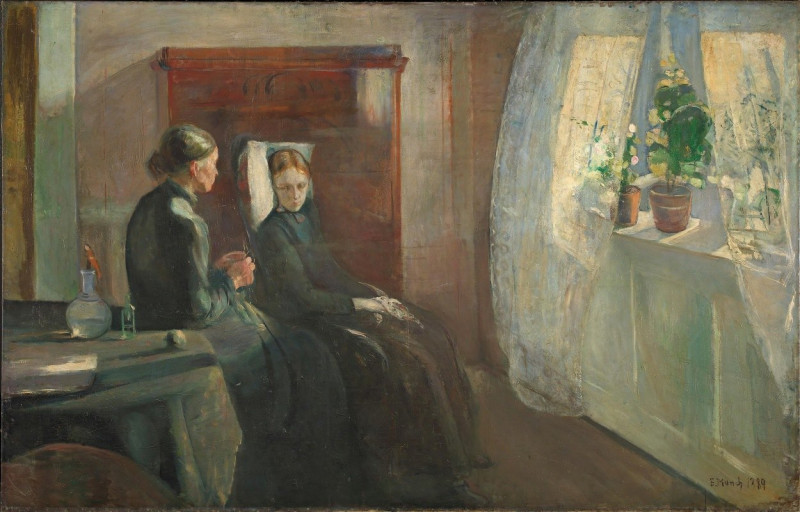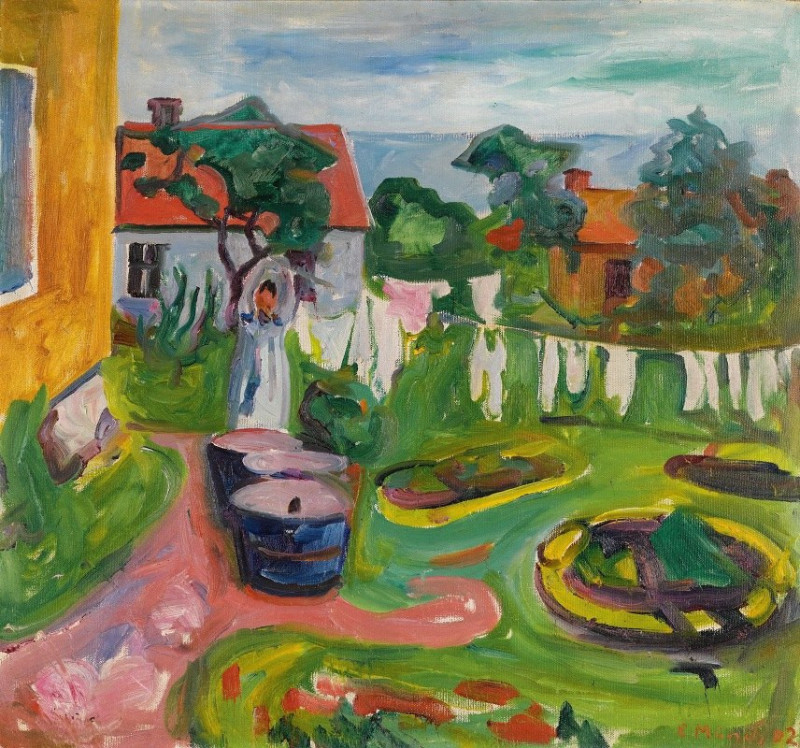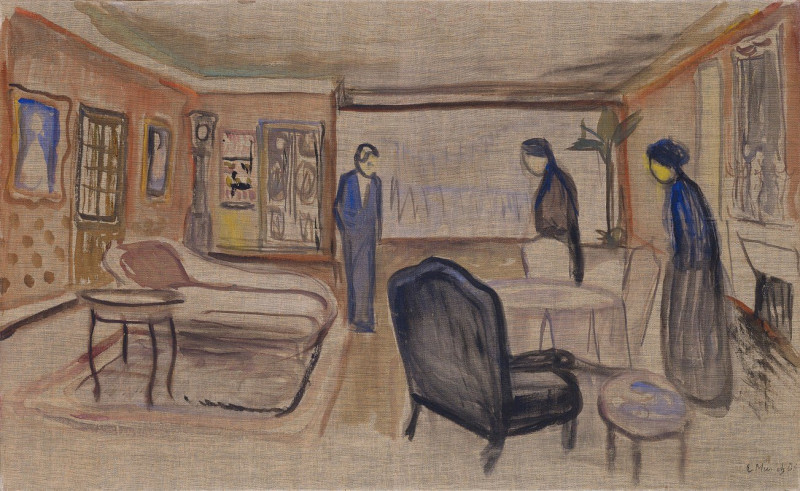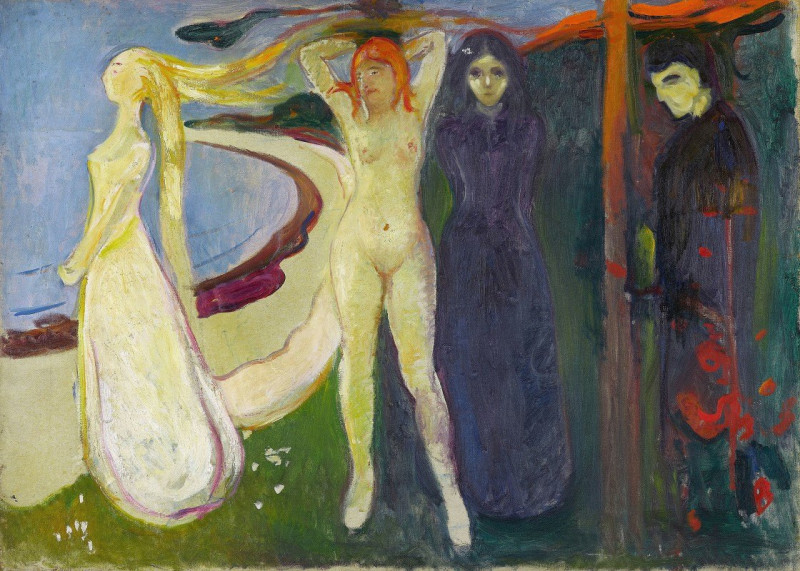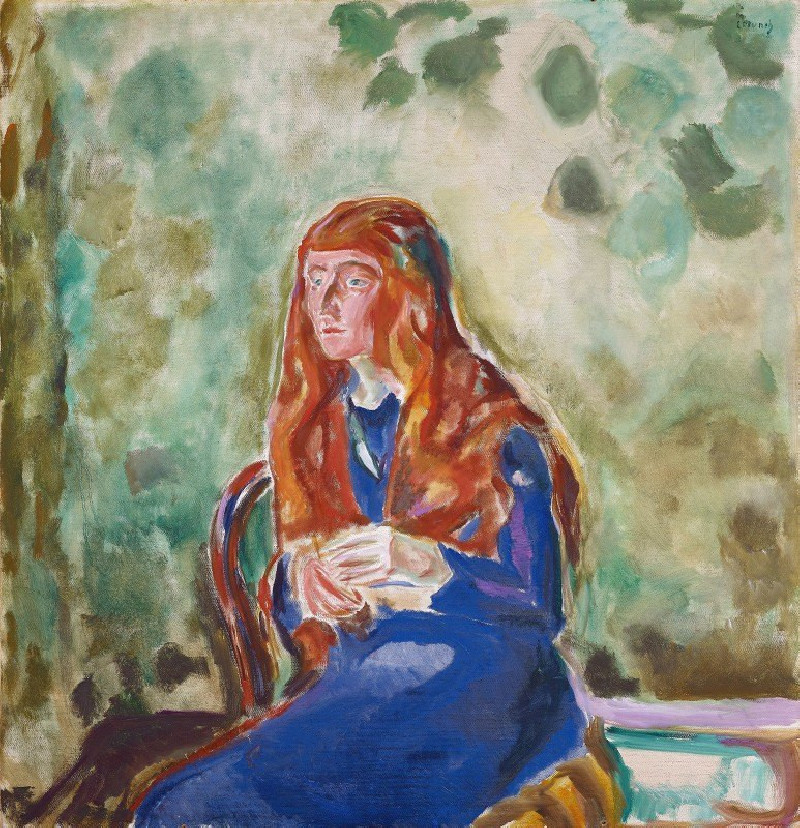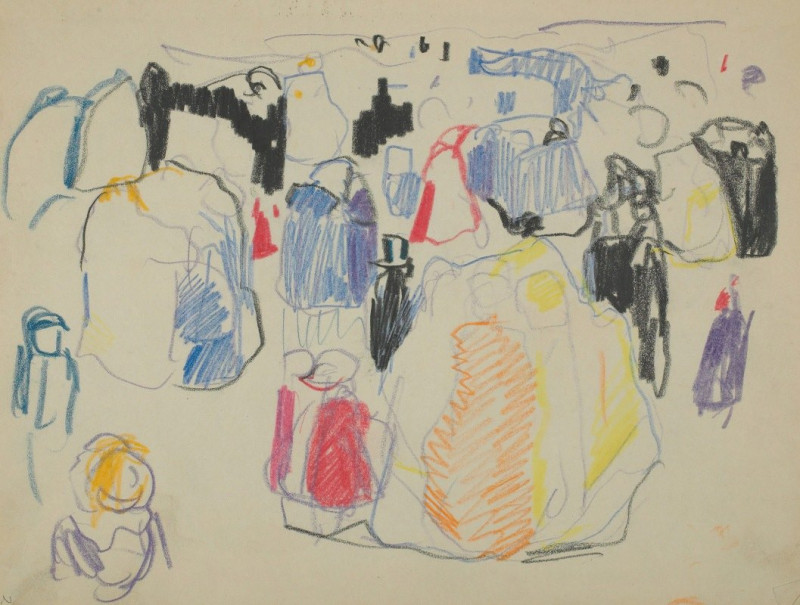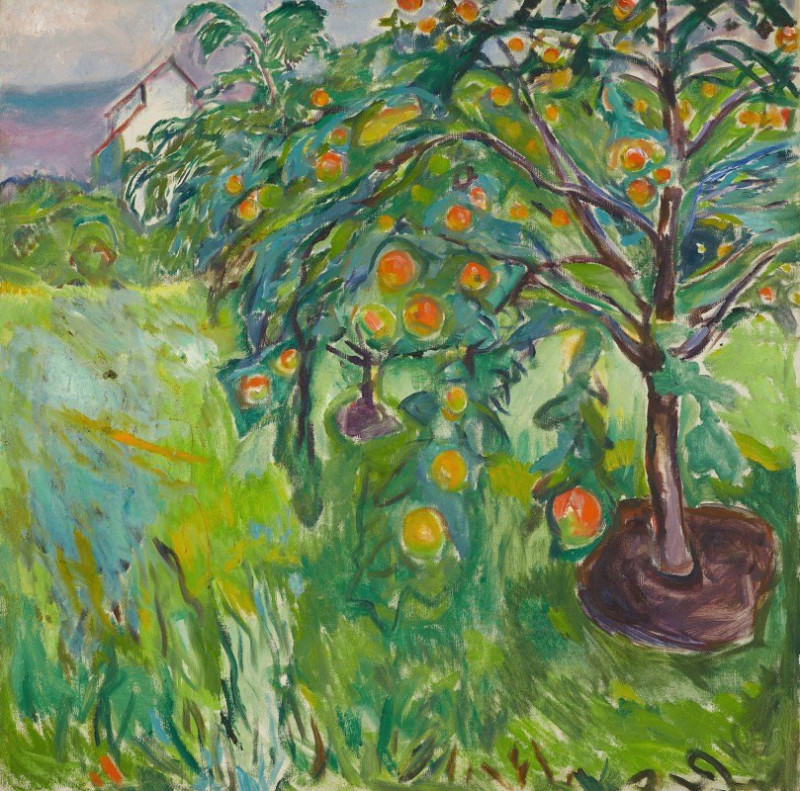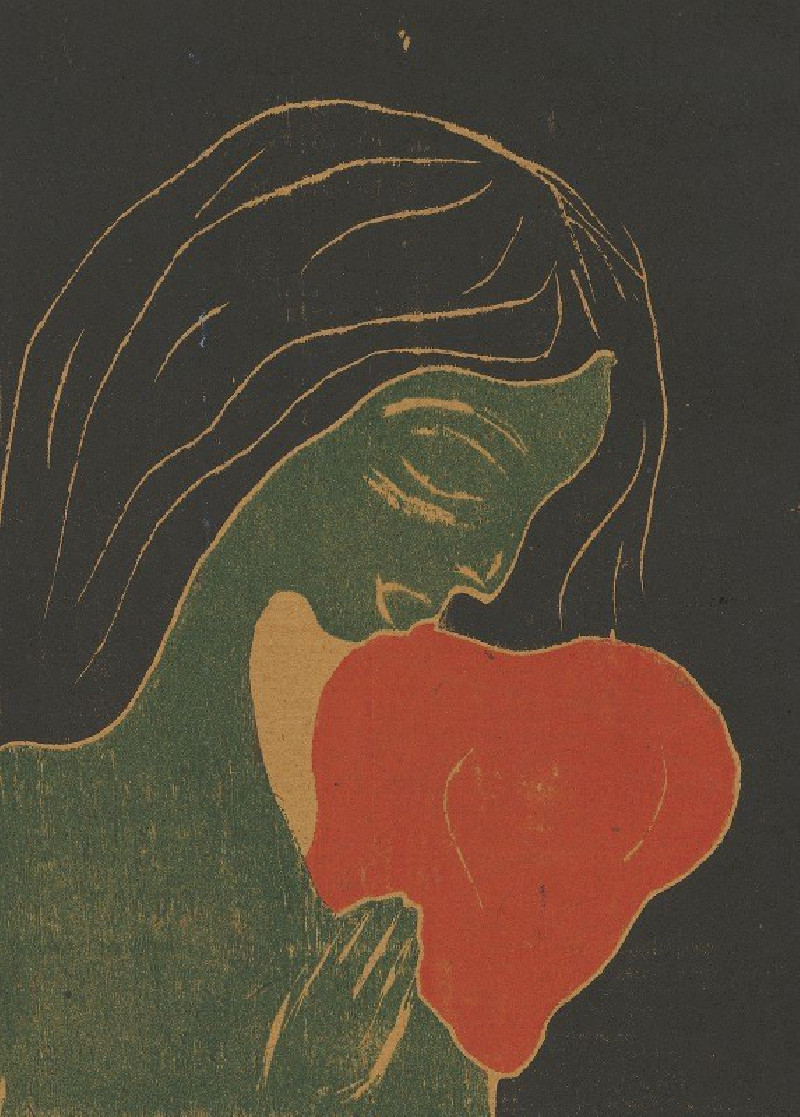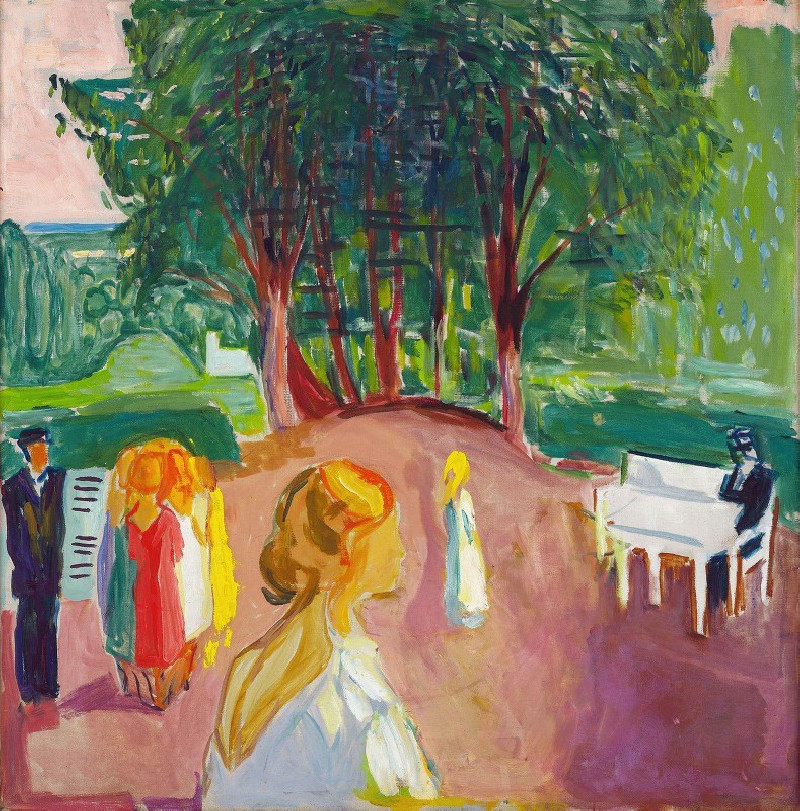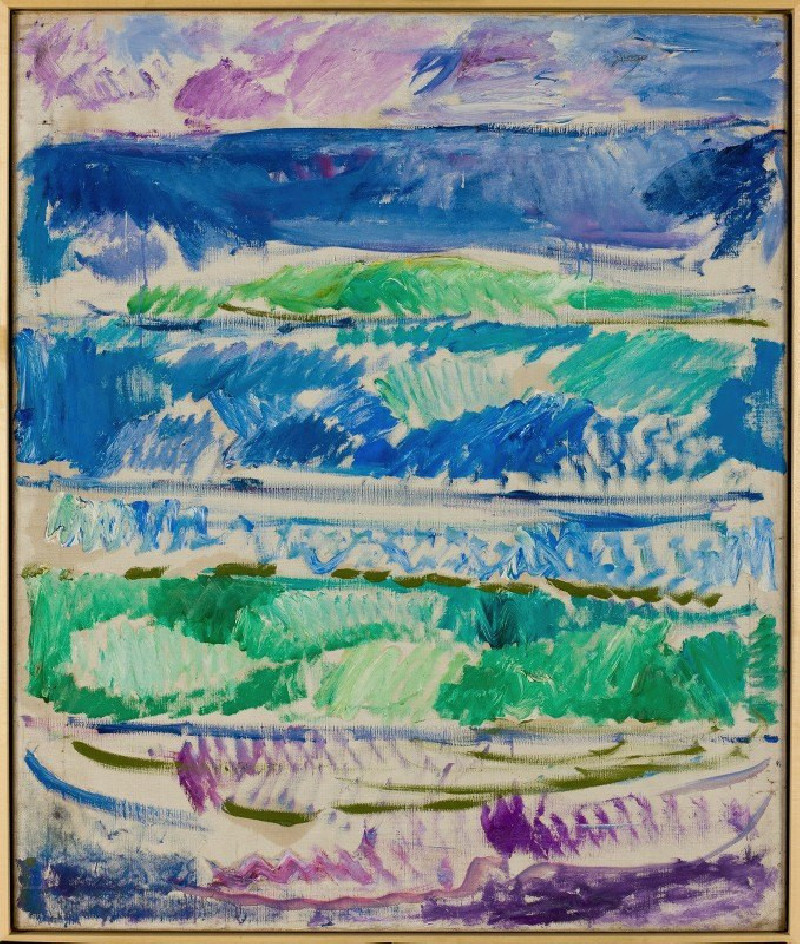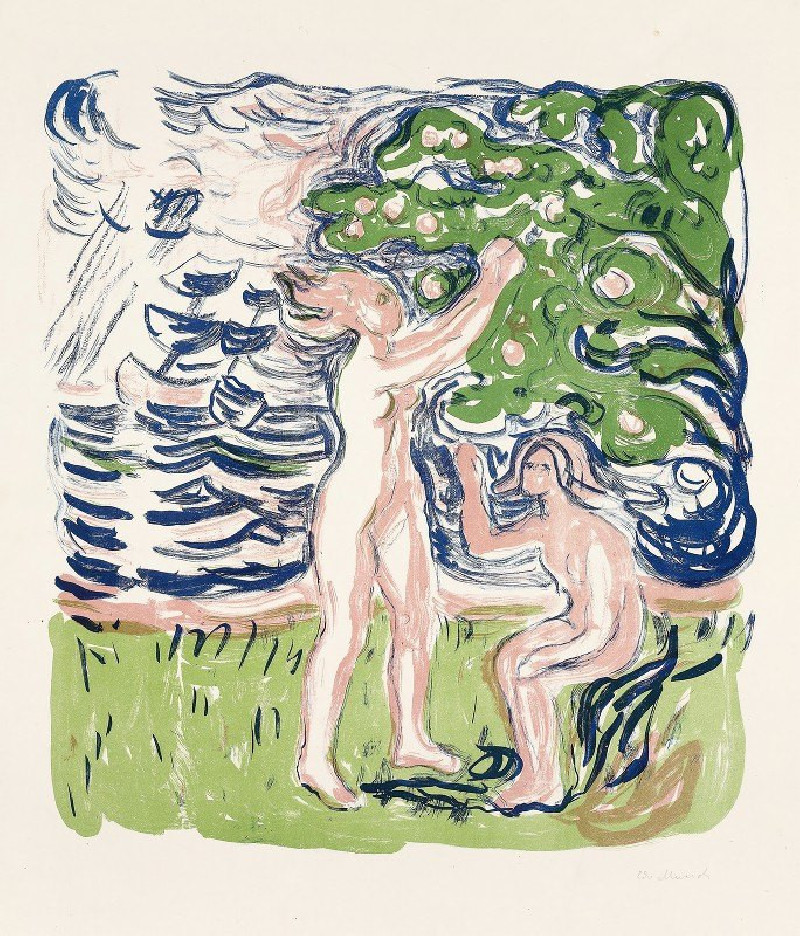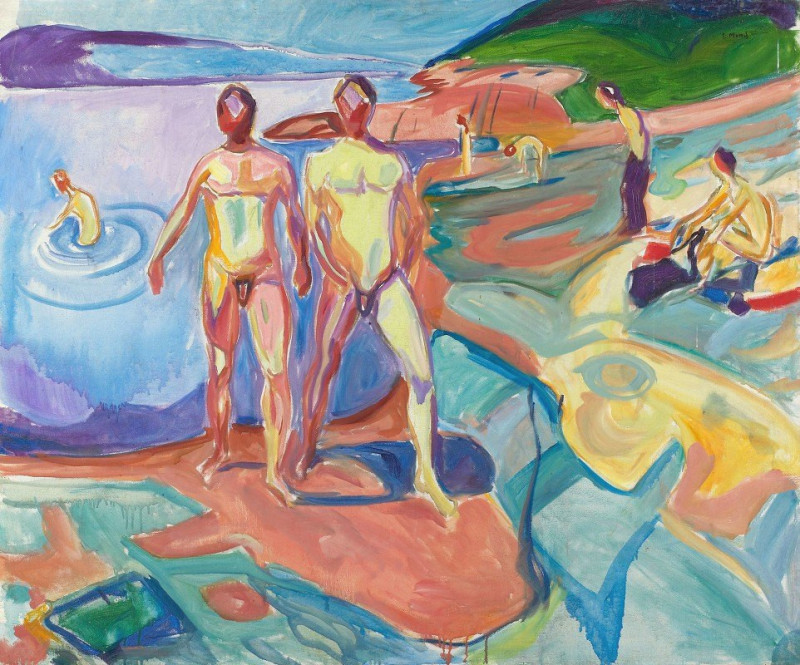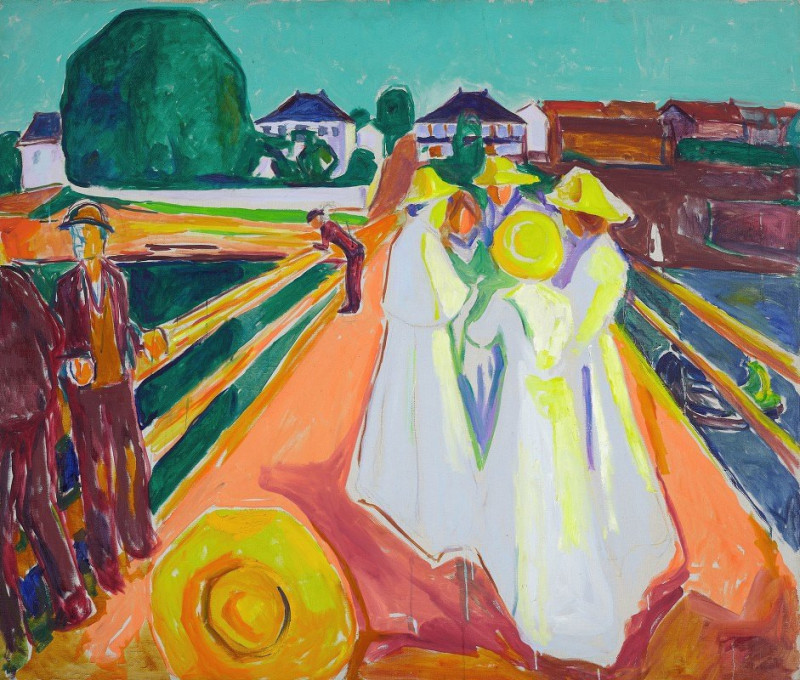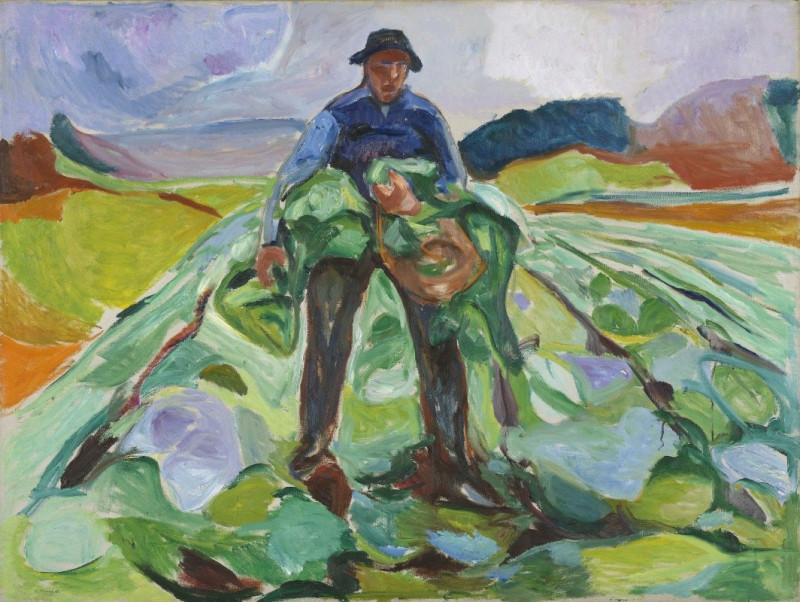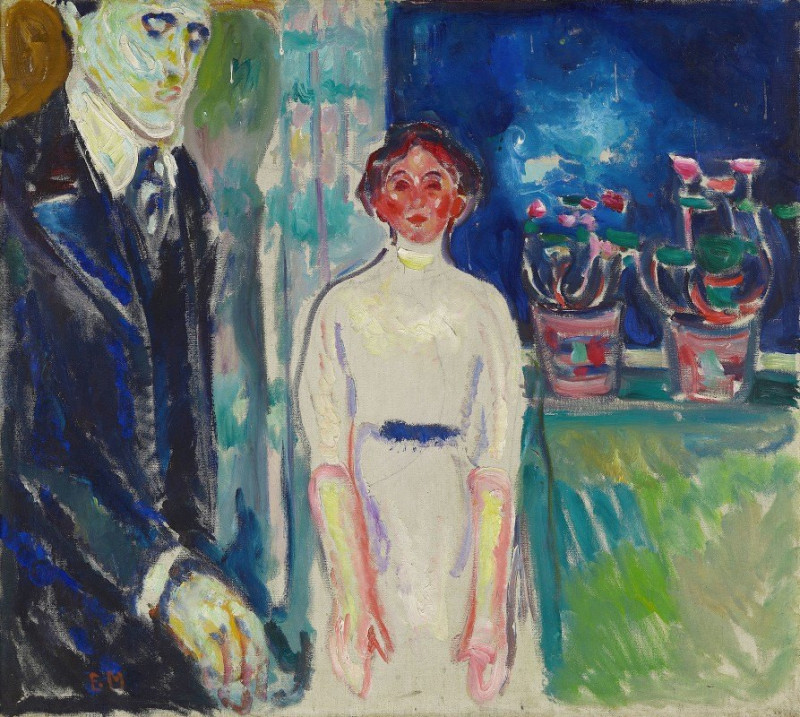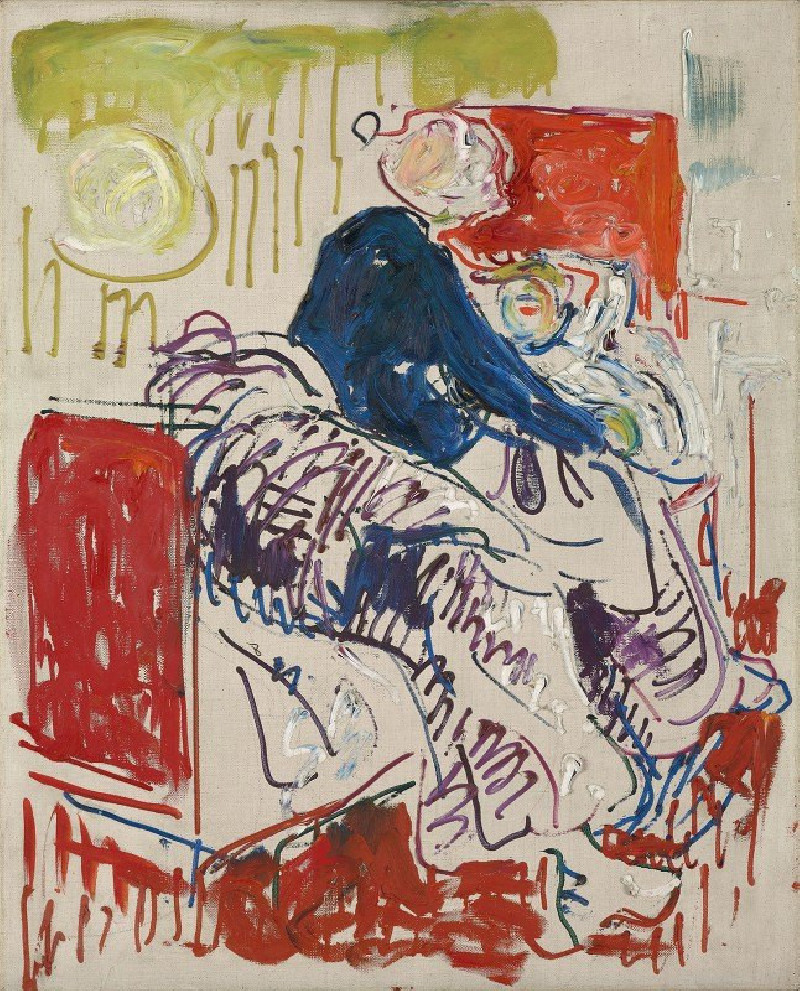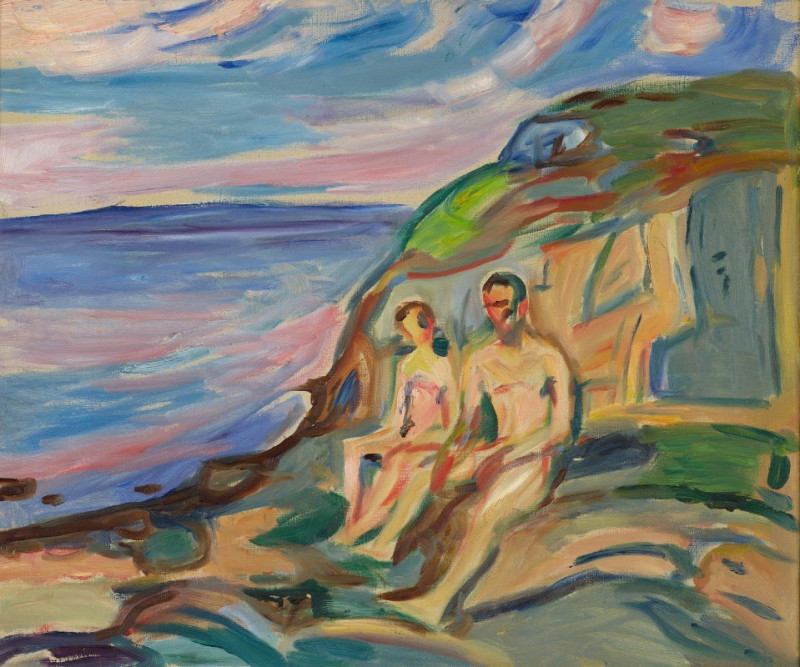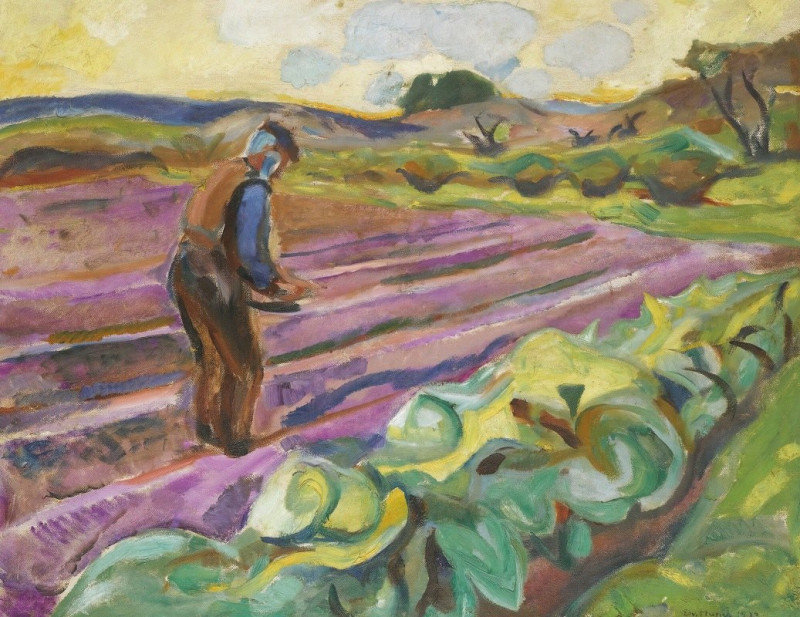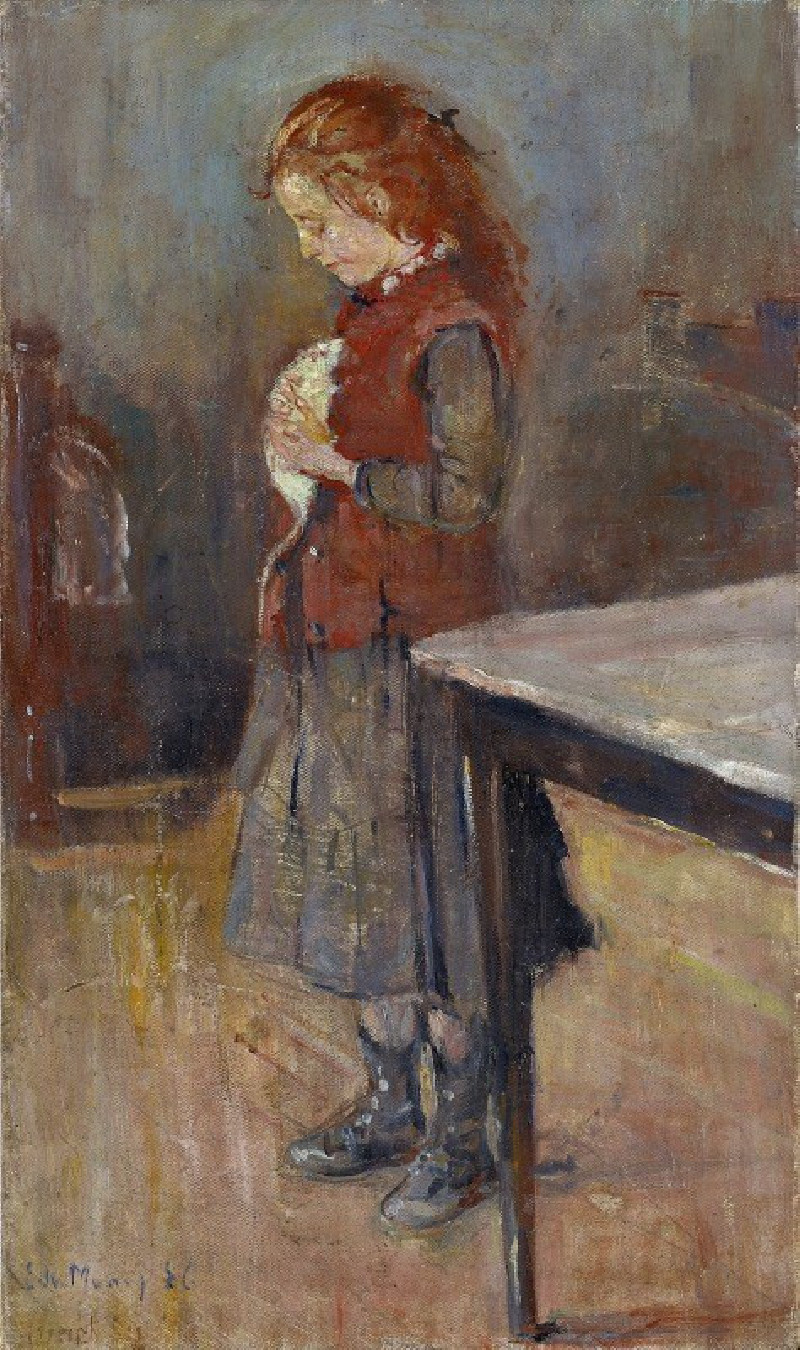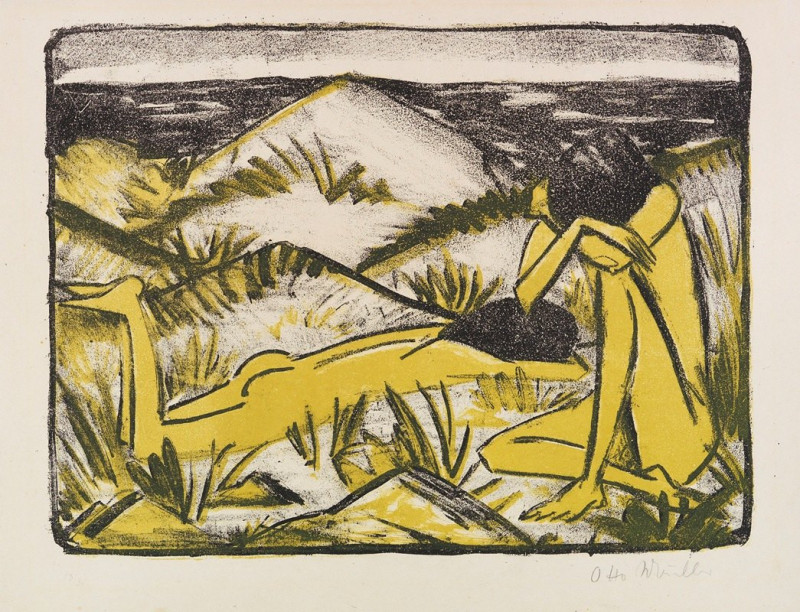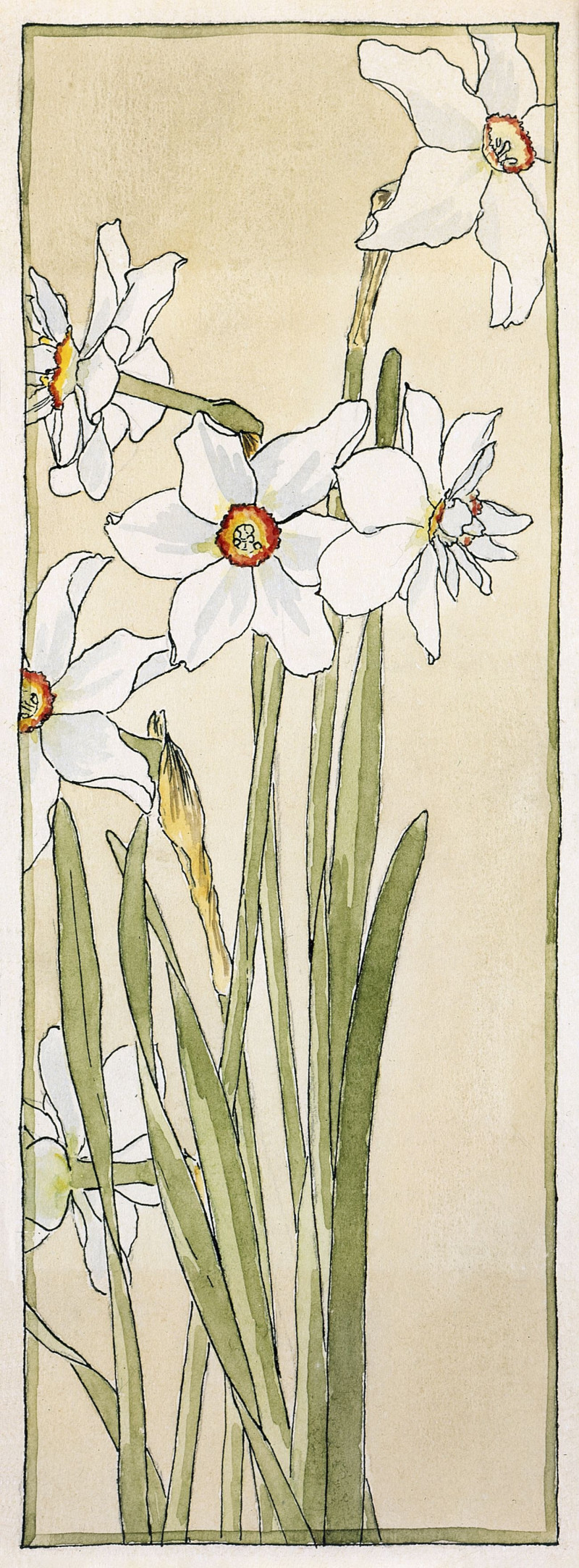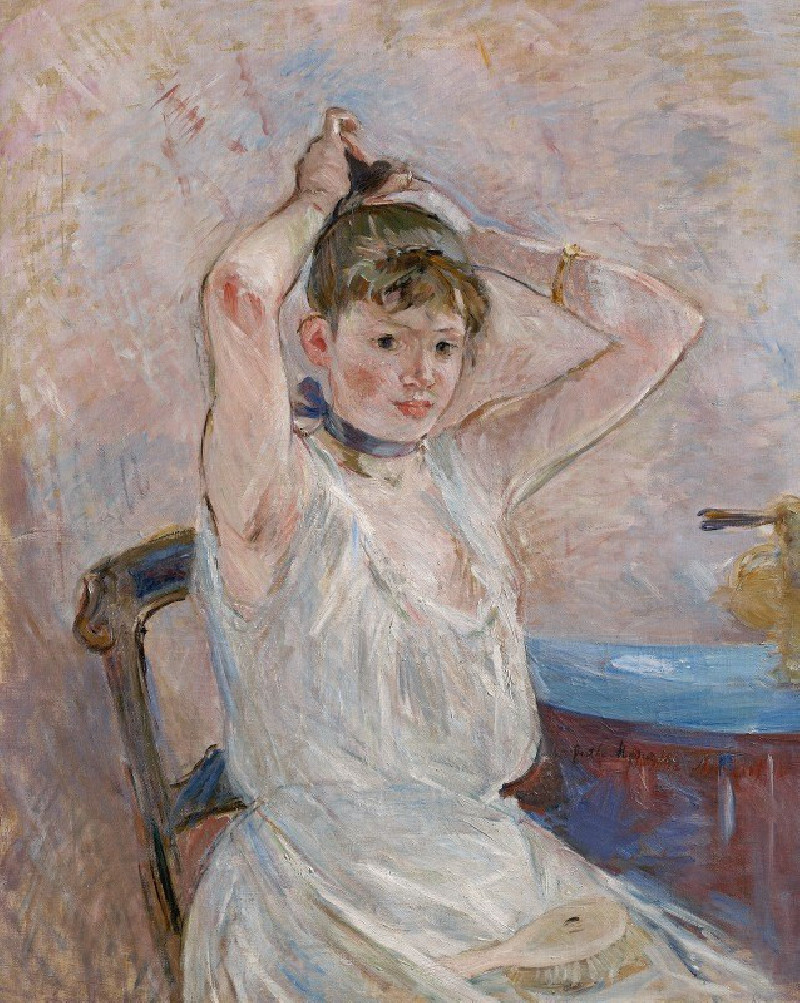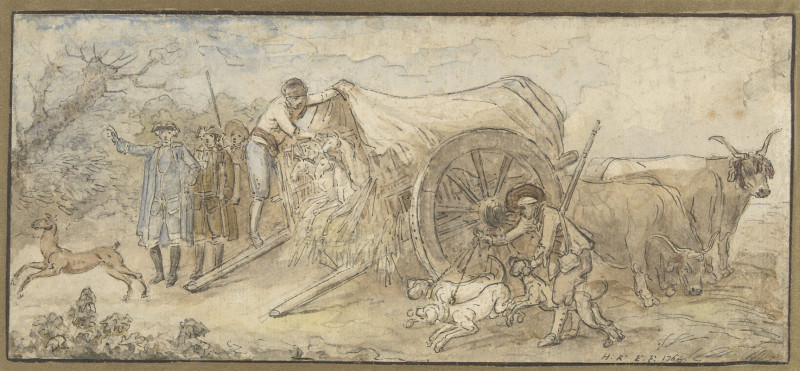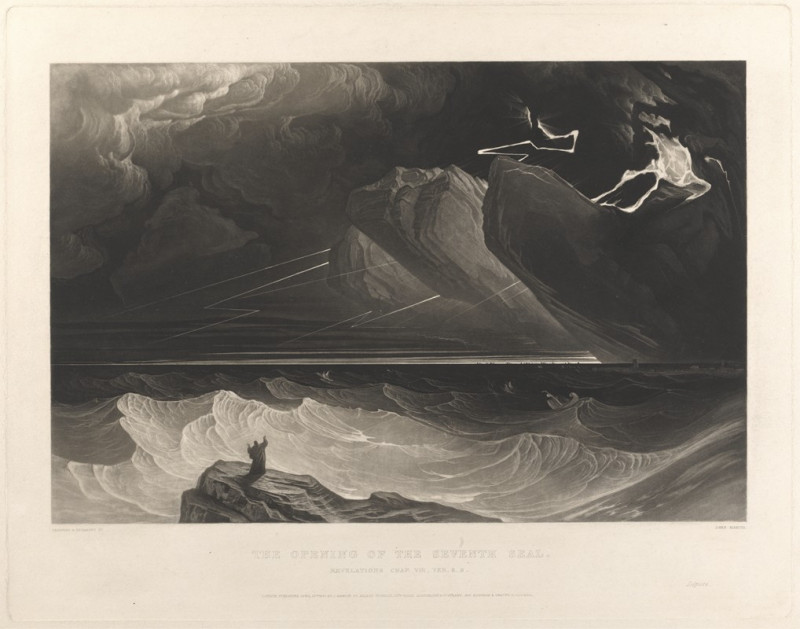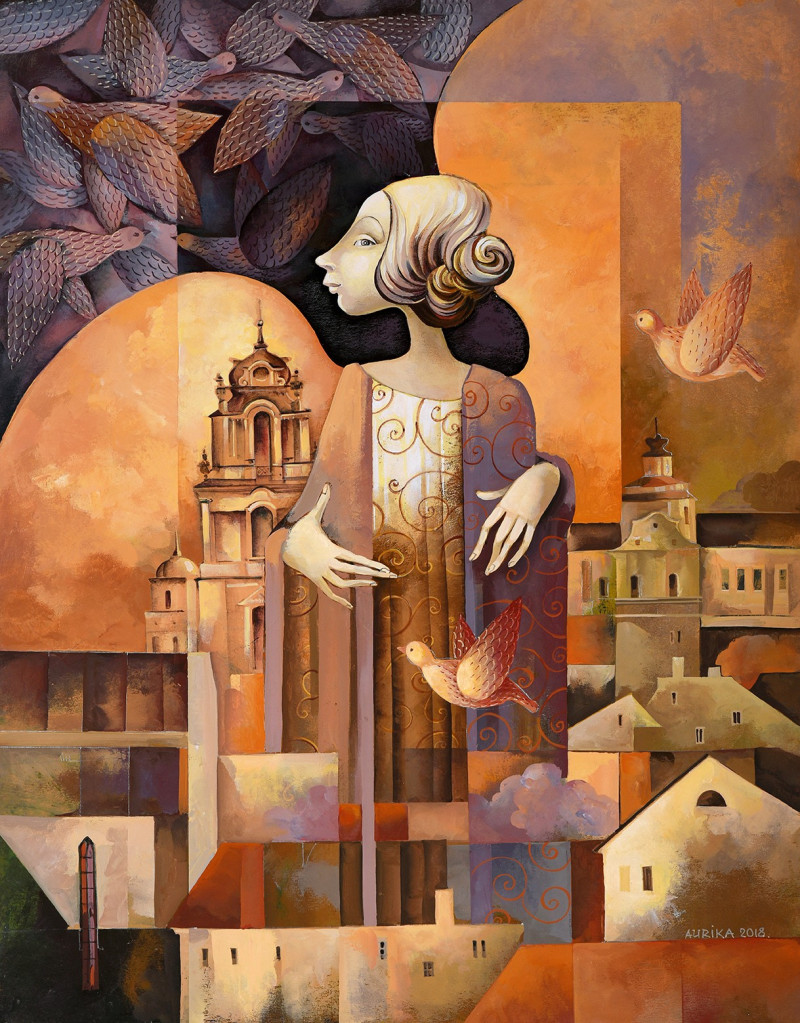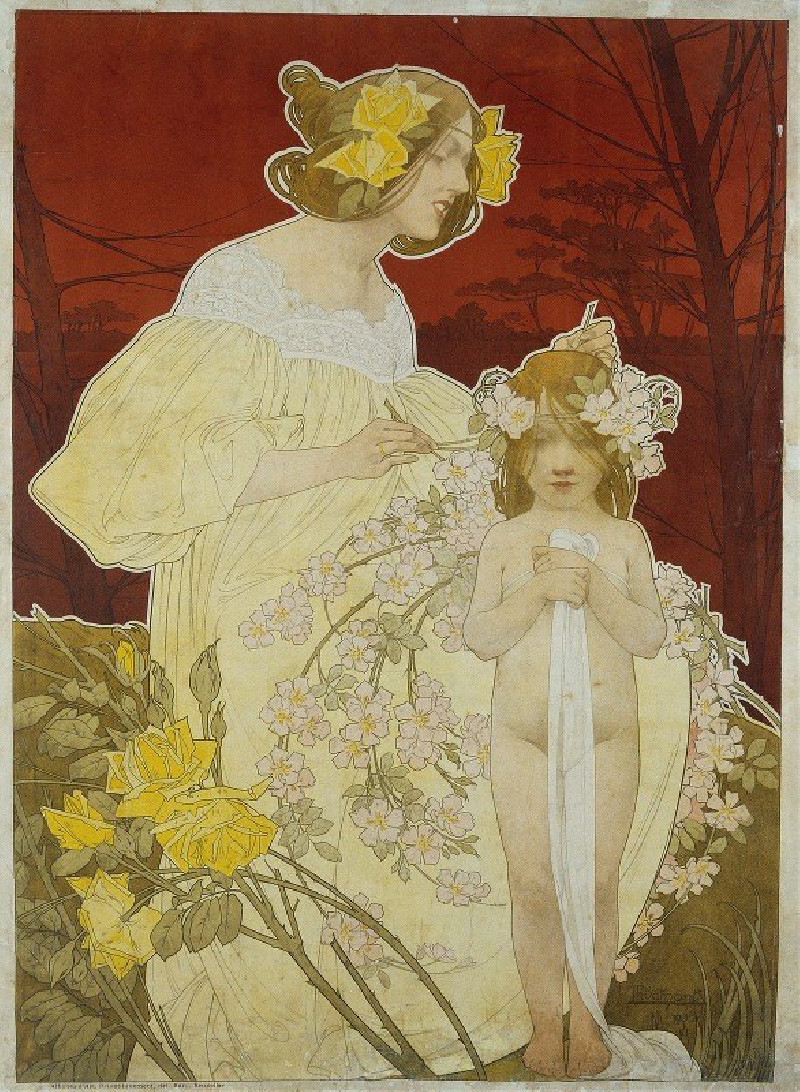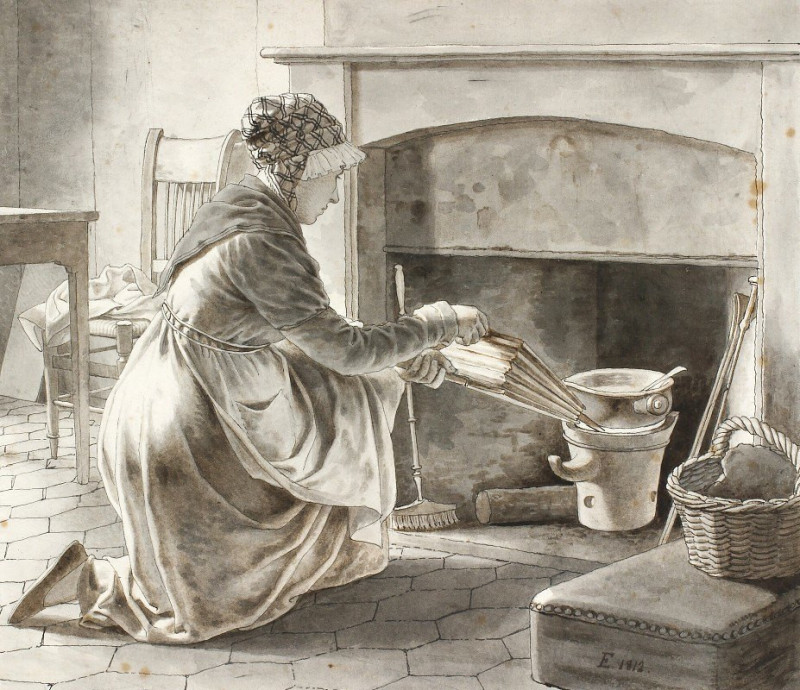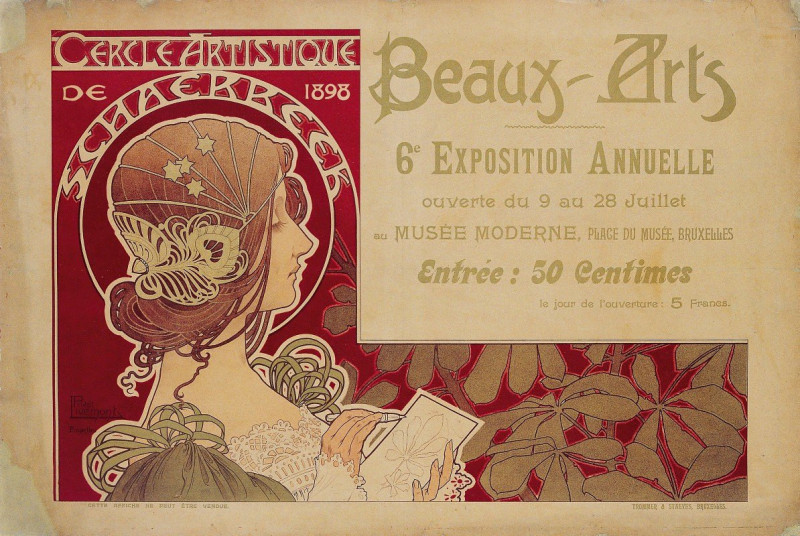Spring (1889)
Technique: Giclée quality print
Recommended by our customers
More about this artwork
"Spring" (1889) by Edvard Munch depicts a moment of intimate domesticity and solemnity. The setting is an interior room, which features a subdued color palette primarily composed of earthy tones and hinting at the serene yet desolate atmosphere often associated with Munch’s work. On the left side, there is a figure, presumably a woman, sitting at a table. She holds what appears to be a small bottle or flask, indicating a possible medical or healing activity. Across from her, another woman reclines in an armchair, conveying an air of fragility or illness.This second woman's face, pale and expressionless, starkly contrasts with the warm light that filters through a window draped with a sheer curtain. This light bathes the room, emphasizing a sense of hope or renewal, which might be symbolically linked to the title "Spring". Beside the window, a potted plant and some flowers catch this light, reinforcing themes of growth and rebirth.What stands out in Munch’s painting is the emotional gravity and the stillness of the scene. The figures do not interact dynamically but are instead captured in a moment of quietude and perhaps contemplative care. This can be seen as a reflection on the cycles of illness and healing, aligning with the rejuvenating promise of spring.
Delivery
Returns
Edvard Munch (12 December 1863 – 23 January 1944) was a Norwegian painter. His best known work, The Scream (1893), has become one of Western art's most iconic images.
His childhood was overshadowed by illness, bereavement and the dread of inheriting a mental condition that ran in the family. Studying at the Royal School of Art and Design in Kristiania (today's Oslo), Munch began to live a bohemian life under the influence of the nihilist Hans Jæger, who urged him to paint his own emotional and psychological state ('soul painting'); from this emerged his distinctive style.

